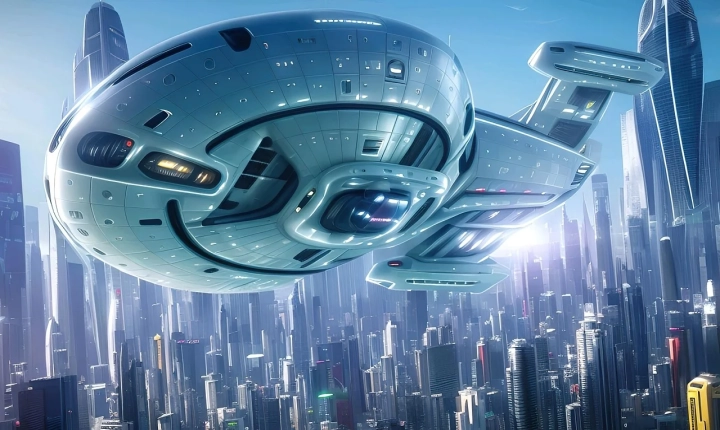Title: Can AI Create Vector Images?
In recent years, the advancement of artificial intelligence (AI) has permeated numerous industries, ranging from finance to healthcare and beyond. One area where the impact of AI is increasingly felt is in the realm of creative design, specifically in the generation of vector images. While traditionally, creating vector images has been seen as a quintessentially human task, the question arises: can AI truly create vector images?
To understand this question, it is essential to first grasp the fundamental characteristics of vector images. Unlike raster images, which are composed of pixels and may lose quality when resized, vector images are mathematically defined using points, lines, curves, and shapes. They are resolution-independent and can be scaled to any size without losing quality, making them ideal for designs such as logos, illustrations, and graphics that need to be reproduced across a variety of media.
AI, particularly in the form of machine learning algorithms, has made significant strides in harnessing the power of neural networks and deep learning to create and manipulate images. Generative Adversarial Networks (GANs) and other AI-based systems have been developed to generate photo-realistic images, but the leap to creating vector images presents a unique set of challenges.
One significant barrier to AI creating vector images is the complexity of accurately converting real-world objects into vector form. While AI can be trained on vast datasets to recognize and replicate patterns, textures, and shapes, the precision required for vector image creation demands a deep understanding of the principles of graphic design and an acute awareness of aesthetic and compositional elements.
Furthermore, the creative intuition and subjective decision-making process involved in vector image creation, such as selecting colors, adjusting curves, and ensuring balance, remain intricate tasks that traditionally require human input. The nuances of artistic expression, emotional resonance, and visual storytelling that are integral to vector imaging may prove to be elusive for AI systems, which generally lack an innate understanding of these aspects.
However, recent developments suggest that AI is making inroads into the creation of vector images. Some AI-powered tools are capable of assisting human designers in generating vector-based illustrations or converting raster images to vectors, streamlining and expediting specific aspects of the design process. These tools leverage machine learning to automate repetitive tasks, such as tracing outlines and removing backgrounds, enabling designers to focus on higher-level creative decisions.
In addition, AI algorithms can analyze existing vector images to extract patterns and stylistic elements, potentially inspiring new designs or assisting in the creation of derivative works. By learning from vast repositories of vector images, AI can develop a deeper understanding of design conventions and trends, potentially facilitating the generation of original vector-based compositions.
While AI’s current capabilities in creating vector images are still in a nascent stage compared to its proficiency in other domains, it is poised to play an increasingly influential role in the field of graphic design. As AI continues to evolve and integrate with creative workflows, it holds the potential to augment and enhance human creativity, offering valuable assistance in repetitive or technical tasks while freeing designers to focus on ideation, storytelling, and strategic decision-making.
In conclusion, the question of whether AI can truly create vector images is a complex one, encompassing technical, artistic, and philosophical considerations. While AI’s current abilities in this area may be limited, ongoing advancements in machine learning, generative algorithms, and computer vision indicate a promising trajectory toward AI’s greater involvement in vector image creation. As AI becomes more adept at understanding and interpreting visual content, it is likely to offer valuable support to human designers, redefining the creative process and expanding the possibilities of vector image production.
